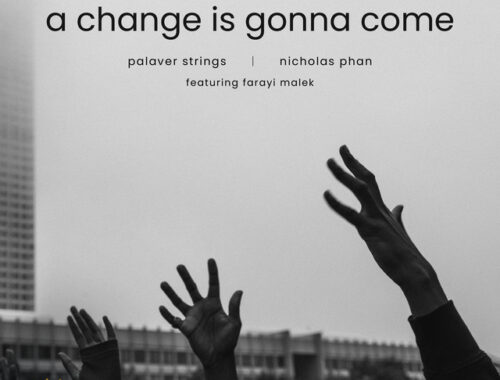WEDNESDAY 3RD FEBRUARY 2010 NEW YORK PHILHARMONIC/ GILBERT**
Barbican Hall
The Americanisation of Magnus Lindberg was just the beginning. The New York Philharmonic was back in town and everything – even the other Finn on the programme, Jean Sibelius – was stamped “made in Manhattan”.
In the case of Lindberg it was by design. The UK premiere of his piece EXPO was created for the New York Philharmonic to kick-start a two-year tenure as composer-in-residence and to celebrate Alan Gilbert’s first season as Music Director. Gilbert was little known on the international circuit when he took up the position but as a native New Yorker, the first to hold the position, there was certainly something to shout about. Lindberg’s EXPO does just that. It’s a swanky, American-accented, “hurrah” beginning with a crack of the whip and hints of a dizzying barn dance in the strings. There’s a brass chorale, as high and it is wide, some big sassy syncopations, and even sleazy muted trumpets. You know exactly where you’ve landed, and the orchestra’s national character – plushy strings and bright opulent brass – is writ large.
The problem is that under Alan Gilbert, that’s the only character we get. On this showing one kind of music is pretty much indistinguishable from another: it’s the New York sound – undeniably impressive – dealing with very different sets of notes in much the same way. The shot-silk backdrop they provided for Yefim Bronfman’s anonymous account of Prokofiev’s Second Piano Concerto was serviceable, more or less, but it conveyed nothing of the work’s quirkily audacious personality and neither did Bronfman. He can and does play the hell out of the notes but what do they communicate beyond a fabulous proficiency and a penchant for demolishing perfectly serviceable Steinways?
The evening’s big “showcase” – and I use the word advisedly – was Sibelius’ Second Symphony and perhaps it was unfortunate for Gilbert that he chose to bring it to London in the same week that Osmo Vanska stormed the capital with his LPO account. It certainly highlighted how much of the work’s national character Gilbert subsumed to an all-purpose glamour. The end result felt and sounded manufactured, cosmetic not organic. The silences didn’t speak, the elemental contrasts in tempo and dynamics failed to grip, indeed the effect was of one colour and one tempo and one expression. Great orchestras and great conductors bring about transformations; Gilbert and the New York Philharmonic merely brought themselves. It wasn’t enough.


